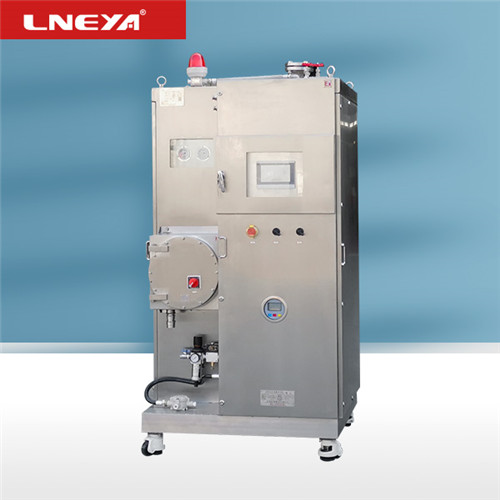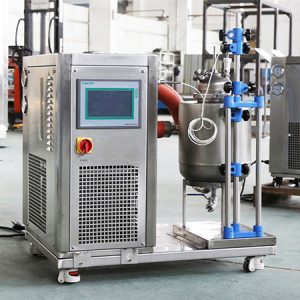Selection Guide for Laboratory Cooling and Heating Circulator
When purchasing laboratory cooling and heating circulator equipment, the key point is to meet production requirements and accelerate production output. Therefore, you need to understand the characteristics of the equipment and technical solutions when purchasing to avoid unnecessary losses and troubles. What are the common misunderstandings when buying high and low temperature circulators?

Misunderstandings and avoiding methods of laboratory cooling and heating circulators:
1. Only consider the laboratory refrigeration and heating circulator technology:
Different laboratory cooling and heating circulator manufacturers, due to their own processing capabilities, practical application experience, accessories used, recommended usage habits and other factors, often require users to use process conditions that have not been fully understood, and design choices will be biased. These can easily affect the quality of the equipment
2. Only consider the power of the laboratory cooling and heating circulator:
Many customers only compare the heating power when purchasing a laboratory cooling and heating circulator, but in addition to this factor, there is actually a pump power. Under the same heating power or working temperature, the pump is too small and the flow is insufficient to meet the requirements of the production process. If the pump is too large, it will cause unnecessary energy loss
3. Do not pay attention to the model number:
Laboratory cooling and heating circulators have different models, different structural compositions, different material specifications and different quality positioning requirements. The price is not comparable, and the work performance displayed during the use process is very large.
4. Only consider the price of laboratory cooling and heating circulators:
Don’t be cheap, price is not a factor, but also depends on the manufacturer’s technical strength, manufacturing capacity, corporate reputation and after-sales service.
Related recommendations
-
Why does the heat transfer oil control system device heat transfer oil coke exist?
1014In the heat transfer oil control system device, the heat transfer oil is used for the cooling and heating temperature control. If it is not the same as the LNEYA, the use of the fully closed circuit can affect the formation of certain coking, resu...
View details -
Selection method of 0℃~5℃ freezing liquid for industrial ultra-low temperature chiller
984As the requirements for process production become higher and higher, industrial ultra-low temperature chillers are required to provide cryogenic liquid below 5 degrees or even more than minus 100 degrees in some chemical process synthesis, reactor...
View details -
What Are the Commonly Used Refrigerants For Brand Selection of Refrigerating Chillers?
1178When the enterprise chooses the refrigerant in the cryo chillers unit brand, what should it need to pay attention to the present market commonly used refrigerant? What is the difference between specific refrigerant properties? Take a look at the b...
View details -
Scanning Electron Microscope Cooling Water Circulation System
1140Scanning Electron Microscope (SEM) is a high-resolution microscope widely used in materials science, biology, nanotechnology and other fields. SEM generates a certain amount of heat during operation. In order to ensure the stable operation and...
View details
 LNEYA Industrial Chillers Manufacturer Supplier
LNEYA Industrial Chillers Manufacturer Supplier











